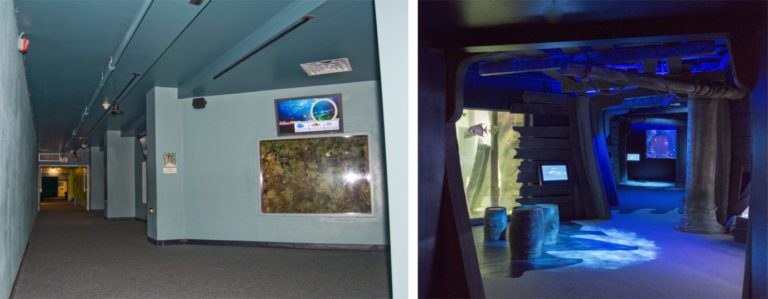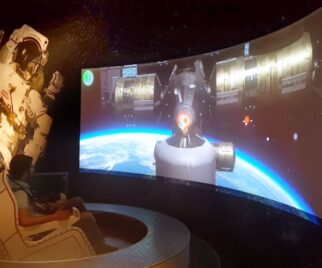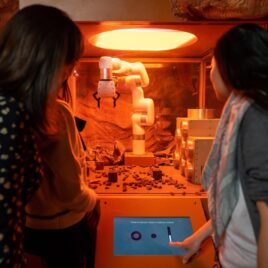In the dynamic world of museums and science centers, the evolution of interactive exhibits is a constant. As technology advances and visitor expectations evolve, the question arises: What to do with the beloved interactive exhibits of yesteryear? The answer lies in the art of refurbishment — a transformative process that breathes new life into aging exhibits, ensuring they remain not just relics, but vibrant contributors to the visitor experience. In this blog post, we will evaluate the exhibit refurbishing process.
1. Assessment and Evaluation
Comprehensive Evaluation: Before embarking on a refurbishment journey, conduct a thorough assessment of the existing exhibit. Identify components that need repair, consider technological obsolescence, and evaluate the overall aesthetic appeal.
Visitor Feedback: Consider collecting feedback from visitors about their experiences with the current exhibit. Understanding their perspectives provides valuable insights into what aspects resonate and what could be enhanced.

2. Modernization of Technology
Upgrading Hardware: If the exhibit relies on outdated technology, consider upgrading hardware components. This could involve replacing old touchscreens with more responsive ones, updating audio-visual systems, or integrating modern sensors for interactive elements.
Software Revitalization: Refreshing software interfaces and content is key to keeping exhibits relevant. Incorporate new information, interactive features, or storytelling elements that align with current educational trends and visitor interests.
3. Revamped User Interface Design
Intuitive Controls: Enhance the user interface design to make it more intuitive and user-friendly. Simplify controls, improve navigation, and ensure that visitors of all ages can interact seamlessly with the refurbished exhibit.
Accessibility Features: Incorporate accessibility features to cater to a broader audience. Consider features like adjustable screen heights, audio descriptions, or tactile elements for visitors with diverse abilities.
4. Aesthetic Refinement
Modern Aesthetics: Give the exhibit a fresh look by updating its aesthetics. This could involve new color schemes, modern materials, or thematic elements that align with the overall design language of the museum or science center.
Interactive Displays: Integrate new interactive displays or multimedia elements to add layers to the visitor experience. This could include touch-sensitive surfaces, augmented reality elements, or engaging visuals.
5. Content Relevance and Engagement
Content Update: Ensure that the content presented is relevant and engaging. Consider incorporating new information, real-time data, or interactive storytelling elements that captivate the audience and align with educational objectives.
Interactive Challenges: Introduce new challenges or interactive games within the exhibit. This not only adds an element of fun but also encourages repeat visits as visitors discover new facets of the refurbished exhibit.
6. Visitor Involvement
Community Input: Involve the community and regular visitors in the refurbishment process. Seek their input on what they enjoyed about the old exhibit, what they would like to see improved, and any specific features they would find intriguing.
Progress Updates: Keep the audience informed about the refurbishment progress. Share updates through newsletters, social media, or on-site displays, creating anticipation and excitement for the unveiling of the revitalized exhibit.
7. Sustainability Considerations
Energy Efficiency: When refurbishing, consider incorporating energy-efficient components. This not only aligns with sustainability goals but also reduces operational costs in the long run.
Materials and Waste Management: Mindful material selection and waste management practices contribute to environmentally friendly refurbishment. Explore options for recycling or repurposing materials from the old exhibit.
A Timeless Revival
Refurbishing old interactive exhibits is not merely a restoration; it’s a transformative journey that revitalizes the exhibit’s role in the museum or science center narrative. By marrying modern technology with timeless educational content, institutions can breathe new life into these exhibits, ensuring they continue to captivate and inspire generations to come. A well-executed refurbishment is a testament to the enduring relevance of interactive learning spaces in the ever-evolving landscape of education and exploration.




